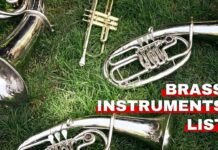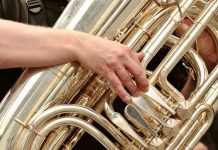Whether you are a seasoned pro or someone interested in playing horns, you can feel overwhelmed by the variety of options. In this article, we’ll tackle all the available types of horns, so you can start mastering the right instrument.
Natural Horns
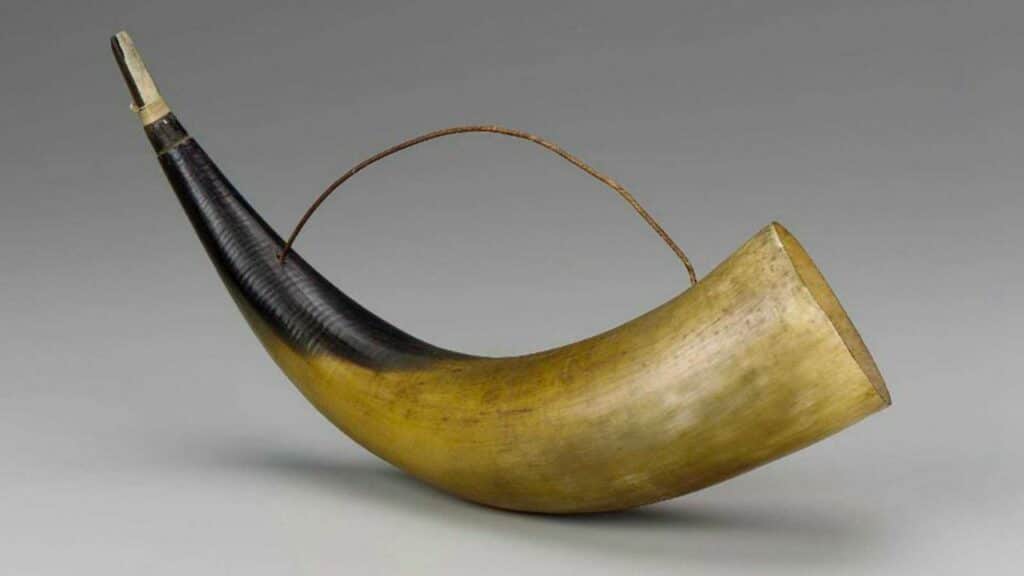
The natural horn was the precursor to the French horn. The only difference is its lack of valves.
In the 17th and 18th centuries, the natural horn separated from the trumpet by enlarging the bell and lengthening the tubes; it has a mouthpiece, long coiled tubing, and a huge flared bell.
Fact: The player should add crooks to modify the tubing length to change keys. The right hand is moved in and out of the bell at different speeds and apertures to alter the pitch.
Fingerhole Horns
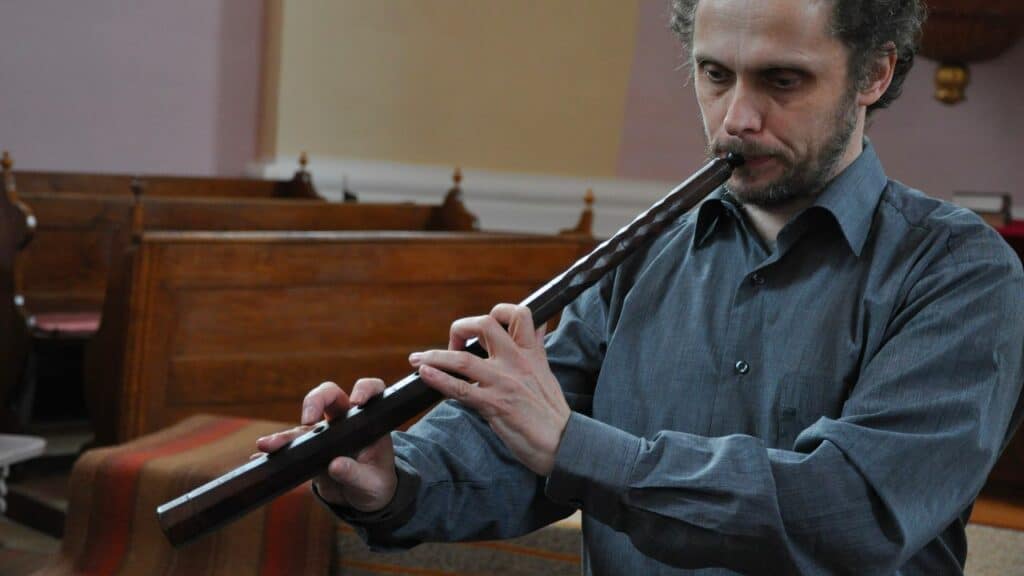
In its earliest form, a fingerhole horn is made from animal horns with holes drilled into its sides, which gave players a wider pitch range.
One type of classic fingerhole horn is the cornett. It was one of the most widely played wind instruments during the Renaissance and early Baroque eras.
The cornett is usually fashioned from two pieces of wood connected and wrapped with leather, giving it a lovely curvature. Despite sharing a name, the cornett and the brass cornet have differences.
Russian Horns
As its name suggests, Russian horns originated in Russia in 1757 and spread internationally in the 80 years that followed. Russian serfs were known to play these types of horns; depending on their skill level, they may be sold together with their instruments.
These types of horns are often crafted of copper or brass and can be either straight or curved. The bore is wide and conical, and the mouthpiece is cupped like a trumpet.
Russian horns are designed to be played in sets with a metal tuning cap affixed to the bell. Like handbell ringers, the musicians learn to take turns playing their notes.
This resulted in a distinctive sound and stage presence while facilitating difficult works’ performance by accomplished ensembles.
Vienna Horn
These types of horns are identical to natural horns in size, weight, and funnel-shaped mouthpieces. However, Vienna horn mouthpieces have thin rims and little backbores.
Pumpenvalves or Vienna valves power Vienna horns and are operated by long pushrods. These valve types have double pistons inside the valve slides and are commonly situated opposite the player’s left hand.
Vienna horns are difficult to play, even for professionals, since they need unique strategies. When played properly, the Vienna horn produces a warm, mellow tone. The valves facilitate a smooth glissando from one note to the next.
French Horns
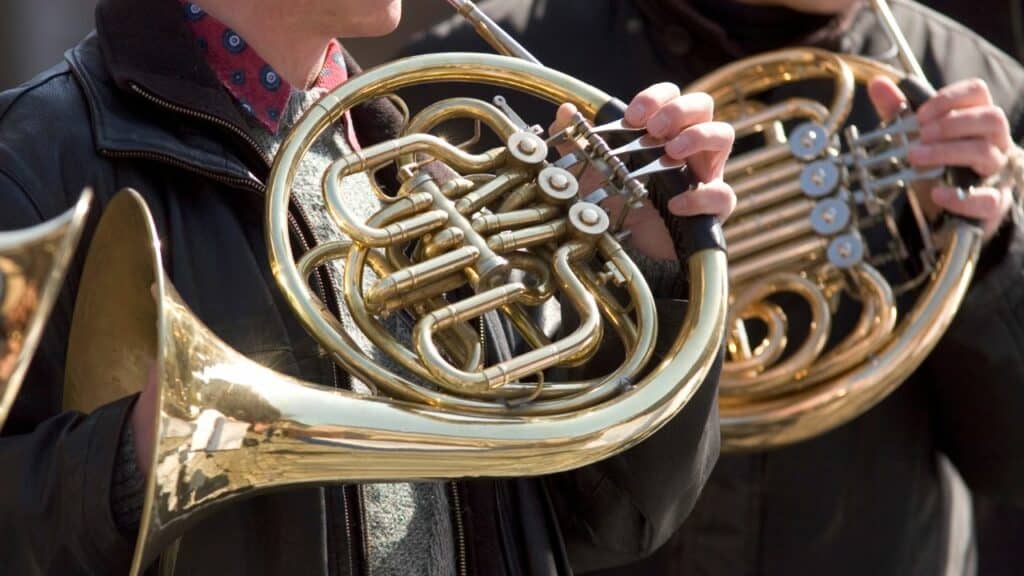
It is a brass instrument with a cylindrical bore and a funnel-shaped mouthpiece, and its typical levels extend from below the bass staff to far above three octaves. The French horn’s bore is narrower than that of the German horn and wider than that of the Vienna horn. Unlike the German horn, it has piston valves (Périnet valves), making it more like the Vienna horn.
The following are the different types of French horns:
Single Horns
As its name implies, the one horn only has a single sliding valve on each rotor. This trait is shared by all single horns, despite their varying key signatures. You’ll find both the F and Bb variants with a single horn.
Among the most widely used pitch for a single horn is F. For a newbie, it’s the obvious choice because of its portability and low price. Bb horns continue to be popular, but it will be quite challenging for newbies to deal with them efficiently and effectively.
Double Horns
German horn maker Fritz Kruspe invented an F-Bb combination in 1897 to overcome single horn constraints and named it “Double Horn.”
Double horns have two slide valves per rotor and are the most popular horn worldwide due to their amazing attributes – it has “F” and “Bb” sides.
For advanced musicians, the double horn is indispensable. This horn’s premium price matches its amazing features and is always a good investment.
Triple Horns
As an amalgamation of the double and the descant horns, the triple horn is a unique and powerful wind instrument. It may be used as a double horn with a high F side or a descant horn with a low F side.
All three types of hornpipes (F, B, and high-F tubes) are included in a triple horn. As the quantity of tubes grows, the horn’s visual appearance likewise shifts.
German Horns
The German horn is by far the principal horn in orchestras and bands at the professional level. Musicians play the double horn in either F or B, and its pitch is adjusted by:
- Tightening or loosening their lips on the mouthpiece
- Turning valves using their left hand
- Modifying the airflow and directing it into the horn’s auxiliary tubing
The rotary valves on a German horn are actuated by a lever and are positioned in a reversed order. The sound produced by this mixture is softer and more subtle. These instruments are significantly mellow than horns, making them easy to play in concert with various ensembles.
They regulate airflow with three separate valves. The thumb operates the fourth valve, which sends air to a different set of tubes tuned to F or B.
Mellophone
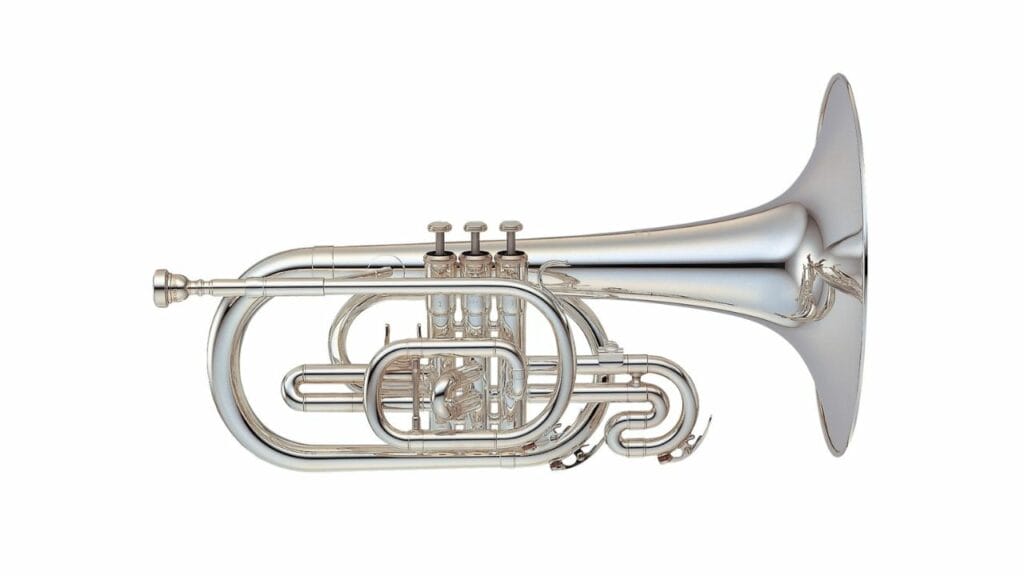
Even though the term mellophone can refer to an instrument from as far back as the 12th century, in current usage, it is more likely to mean the type of horn employed by marching bands, percussion instruments, and trumpet corps.
Mellophones have right-hand piston valves and resemble flugelhorns. These horns are ideal for marching middle voices because they project sound forward.
Due to their orientation, these horns are lighter and more stable in the mouth. Participants can move without compromising sound quality.
They use a cornet-like v-cup mouthpiece instead of a horn mouthpiece. This lets the player make a louder, brassier, and less mellow sound while playing the trumpet.
Marching Horn
For the Marching band, the term “Marching French Horn” can refer to either of two very similar instruments. Mellophone and Marching Horn.
Marching horns are keyed to B instead of F, unlike marching mellophones. Marching horns use horn mouthpieces, which are harder to balance with other brass instruments.
The valve slides and tubing of a Marching French Horn are longer. French Horn players find it simpler to play the Marching French Horn. Both instruments feature the same fingerings for upper and lower register notes.
Saxhorns
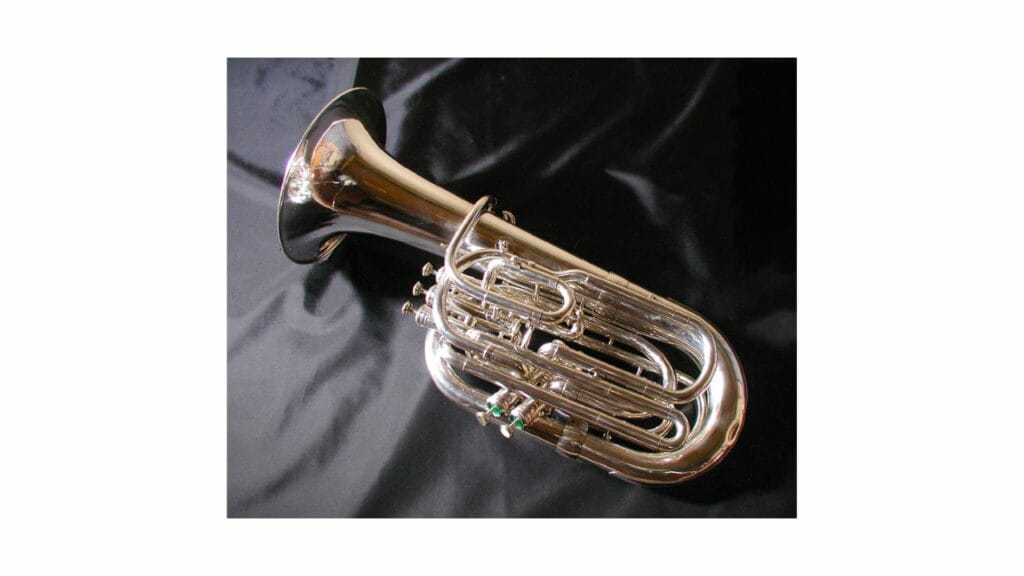
Saxhorns are tapered-bore brass instruments. Adolphe Sax was responsible for their creation, so they took after saxophones in many ways.
Saxhorns have eight different sizes ranging from E to B. They were first used in the military and contributed to the evolution of military bands in the United States and Europe.
The saxhorn can grow to a size resembling the tuba with modern instruments. You’ll most commonly find tenor and baritone horns in the saxhorn family.
Wagner Tuba
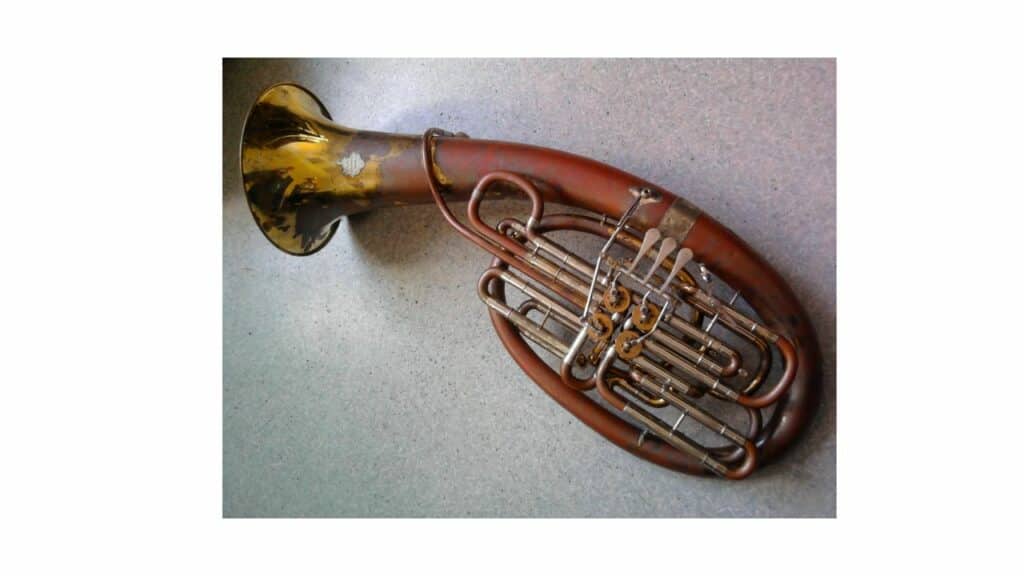
Wagner tubas are uncommon and, despite their name, are not typically included in the tuba family. Richard Wagner created this new kind of horn for his Die Ring des Nibelungen opera.
Since its creation, the Wagner tuba has been employed in works by many other well-known composers, such as:
- As heard in E. Stravinsky’s The Rite of Spring
- As heard in E. Stravinsky’s The Rite of Spring
- A Piece of Alpine Music by Richard Strauss
The Wagner tuba has been redesigned, so the bell throat is larger, and the bell points upward. The mouthpiece is made of a horn, and both single and double versions exist.
These horns’ range is comparable to that of euphoniums, while the lowest registers are more readily accessible on a Wagner tuba.
Conclusion
The different kinds of horns illuminate the range and complexities of the sound of this musical family. Horns have been an integral part of human communication, organization, performance, and musical endeavor for thousands of years, and this tradition continues now.
The horn may have humble origins, yet its sound is no less wonderful than any other instrument. We hope this clarifies the types of horns and how they differ so you can finally decide which horn to play and master.
Table of Contents



